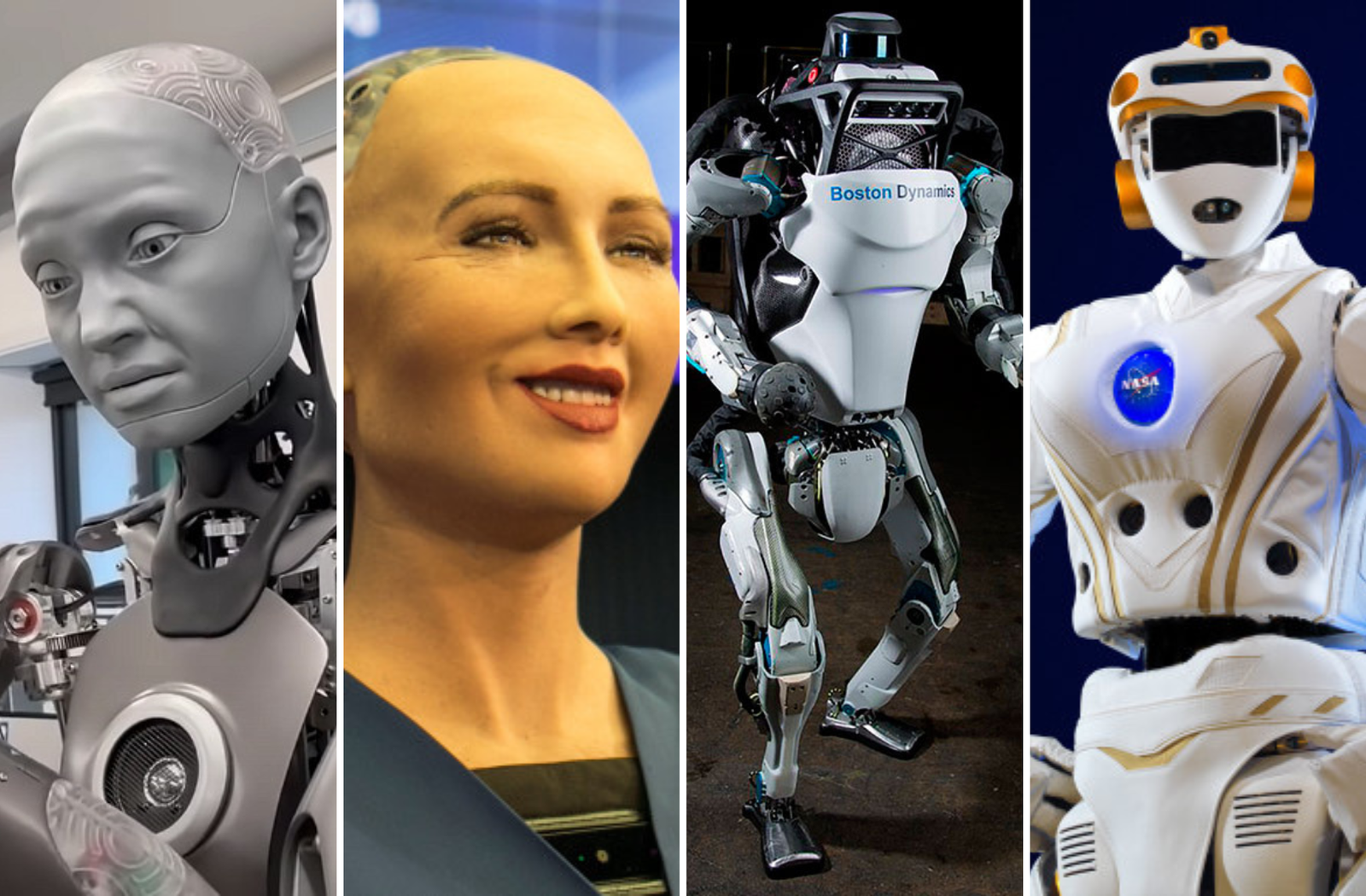Breakthrough: Robot with Skin That Smiles Like a Human!

The integration of robotics into everyday life has long been a subject of fascination and debate. As technology advances, the boundaries between human and machine continue to blur. One of the latest innovations in this field is the development of a robot with skin that allows it to express emotions, including the ability to smile. This breakthrough represents a significant step forward in human-robot interaction, promising a future where robots can engage with humans in more intuitive and empathetic ways. This article explores the technology behind this innovation, its potential applications, and the implications for the future of robotics and human interaction.
The Technology Behind the Smile
The Skin
At the heart of this technological marvel is the artificial skin, which is designed to mimic the properties of human skin. This skin is made from a flexible, stretchable material embedded with sensors and actuators. The sensors detect various stimuli, such as pressure and temperature, while the actuators control the movement and expression of the skin. This combination allows the skin to respond in a lifelike manner to different inputs, enabling the robot to display a range of emotions.

The Sensors and Actuators
The sensors in the skin play a crucial role in making the robot’s expressions realistic. They are capable of detecting minute changes in pressure and temperature, which can be interpreted as tactile feedback. This feedback is then processed by the robot’s central processing unit (CPU), which controls the actuators embedded in the skin. These actuators are responsible for creating the physical movements that produce facial expressions, such as smiling. By coordinating the actions of multiple actuators, the robot can create complex and nuanced expressions that closely mimic human emotions.

The Artificial Intelligence
Artificial intelligence (AI) is the driving force behind the robot’s ability to interpret and respond to human emotions. The AI system is trained on vast datasets of human facial expressions and emotions, allowing it to recognize and replicate these expressions accurately. Machine learning algorithms enable the robot to learn from interactions, continuously improving its ability to understand and respond to human emotions. This AI-driven approach ensures that the robot’s expressions are not only realistic but also contextually appropriate.

Potential Applications
The development of a robot with skin that can express emotions has far-reaching implications across various fields. Here are some of the potential applications:

-
Healthcare
In healthcare, robots with lifelike expressions can be used as companions for patients, particularly the elderly and those with mental health issues. These robots can provide emotional support, reducing feelings of loneliness and anxiety. They can also assist in therapy sessions, helping patients to communicate more effectively by providing empathetic responses.
-
Customer Service
In customer service, robots that can express emotions can enhance the customer experience. By displaying empathy and understanding, these robots can handle customer queries and complaints more effectively, leading to higher customer satisfaction. They can also be used in retail environments to assist customers, providing personalized recommendations based on the customer’s mood and preferences.
-
Education
In education, robots with expressive capabilities can be used as teaching assistants. They can engage with students in a more interactive and engaging manner, making learning more enjoyable. These robots can also provide personalized feedback to students, helping them to improve their performance and stay motivated.
-
Entertainment
In the entertainment industry, robots with the ability to express emotions can be used in various roles, from actors in movies and television shows to interactive performers at theme parks and events. Their lifelike expressions can make them more relatable and engaging, enhancing the overall entertainment experience.
Ethical Considerations
The development of robots with lifelike expressions also raises important ethical considerations. One of the primary concerns is the potential for these robots to deceive people into believing they are interacting with a human being. This could have implications for privacy and consent, particularly in sensitive environments like healthcare and education.
There are also concerns about the impact of robots on employment. As robots become more capable of performing tasks that require emotional intelligence, there is a risk that they could replace human workers in certain roles, leading to job losses.
It is essential to address these ethical considerations through robust regulations and guidelines that ensure the responsible development and use of robots with lifelike expressions. This includes ensuring transparency in how these robots are used and maintaining clear boundaries between human and machine interactions.
Ethical Considerations
The development of robots with lifelike expressions also raises important ethical considerations. One of the primary concerns is the potential for these robots to deceive people into believing they are interacting with a human being. This could have implications for privacy and consent, particularly in sensitive environments like healthcare and education.
There are also concerns about the impact of robots on employment. As robots become more capable of performing tasks that require emotional intelligence, there is a risk that they could replace human workers in certain roles, leading to job losses.
It is essential to address these ethical considerations through robust regulations and guidelines that ensure the responsible development and use of robots with lifelike expressions. This includes ensuring transparency in how these robots are used and maintaining clear boundaries between human and machine interactions.

The development of a robot with skin that can express emotions, including the ability to smile, marks a new era in human-robot interaction. This technological breakthrough has the potential to revolutionize various fields, from healthcare and customer service to education and entertainment. However, it also raises important ethical considerations that must be addressed to ensure the responsible development and use of these robots. As we move towards a future where robots become more integrated into our lives, it is essential to navigate these challenges carefully, ensuring that technology enhances human experiences and fosters positive interactions.







